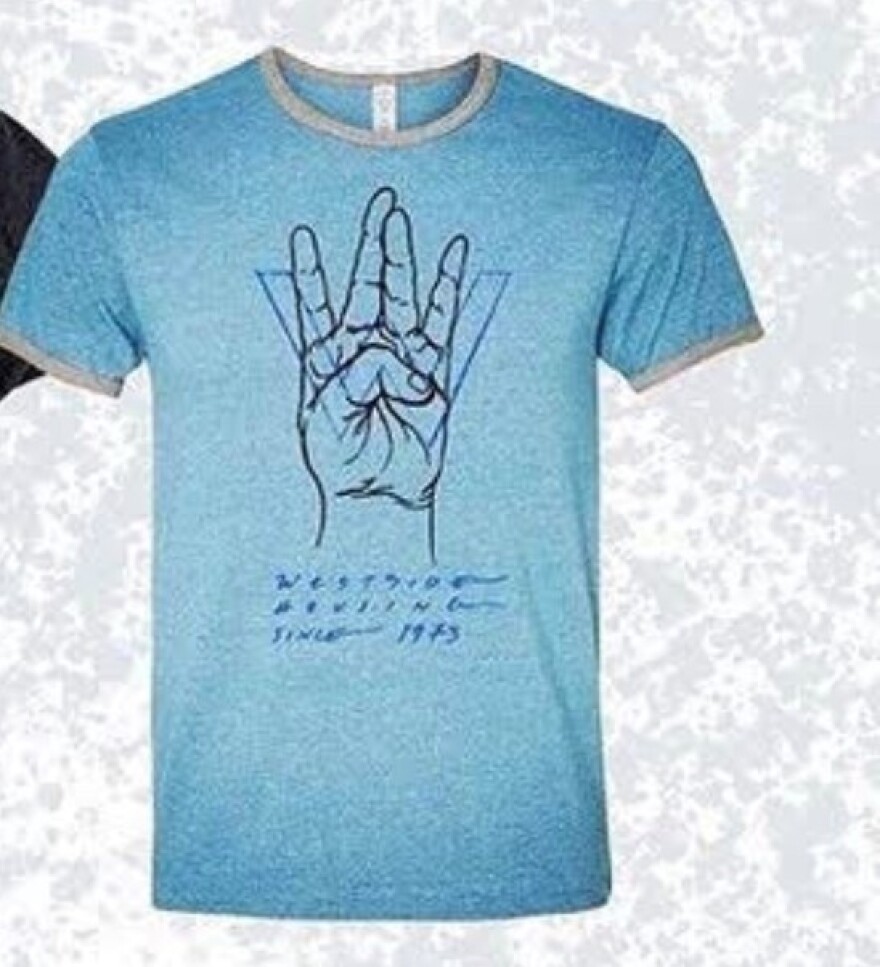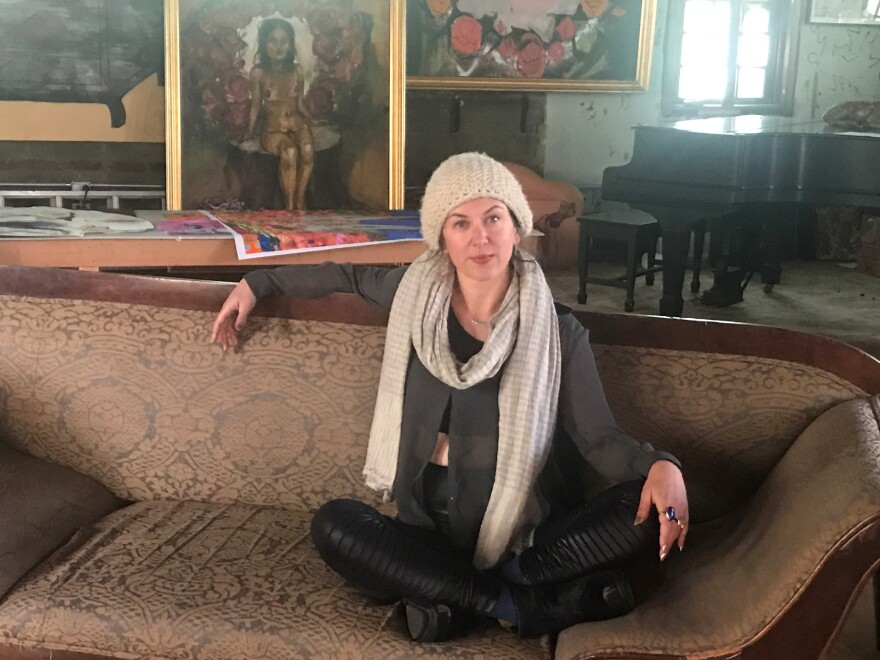Art is inextricably tied to culture.
Whether it's the imagery of visual artists or the narrative themes of writers, race and culture influence the artists and the art.
Members of a two-year-old Kansas City group called the Artists of Color Alliance understand this.
“I think the benefit of our group is that we can create safe spaces, but not just safe spaces but brave spaces for an under-represented community here in the Midwest," says artist Rodolfo Marron III, one of the group’s organizers.
The group has approximately 150 members who meet in person, and connect through a Facebook group and a newsletter.
The group exists to address many purposes. One is to share experiences and offer support. The other is to express frustrations in attempting to find visibility in an art scene dominated by white gatekeepers and sensibilities.
“It’s a place where we can just be heard and understand each other, share food, have this component that really culturally ties us together,” Marron says.
The group was started by a group of Latinx visual artists, but is open to all artists of color, regardless of their mode of art.
Patricia Bordallo Dibildox, another of the group's founders, says the group convened in response to the last presidential election. Artists felt a strong, emotional reaction to what President Donald Trump's election might mean for the racial climate of the country.
But Dibildox says they eventually knew they would have to move past that collective grief and realize the importance of pooling talents and resources.
“We started a Google form that asked people, 'What do you have to offer? Do you build tables? Do you take pictures? Can you revise people’s artist statements?'” she says.

In addition, however, to the pragmatic ways the group has come together, they have found themselves having to discuss and address challenges in getting equal access in the arts community, as well as cultural appropriation.
One incident in particular gained a lot of social media traffic.
This summer, Peregrine Honig, a well-established, white artist, was commissioned to design a T-shirt for a non-profit on the Westside, a long-standing Latino neighborhood in Kansas City, Missouri. The shirt that Honig designed featured drawings of hands formed in gang symbols.
Marron, who is Latinx and from the neighborhood, publicly criticized Honig’s design. He said it was making light of a painful part of the neighborhood’s complicated history.
“I couldn’t just sit back and let this play out. I felt like I needed to say something for people to be aware of the Westside and the violence that existed there at one point,” Marron says.
The controversy brought a heightened attention to what Marron considers a bigger problem.
“There are these white suburbinites and these hipsters that come into the area, get to indulge and enjoy the area and then they get to step away,” Marron says. “Not just the Westside but any place that’s going under gentrification.”
Honig concedes that she is an artist whose art attracts controversy. With the case of the T-shirt, while she understands the concerns, she stands by her artistic choices.

“My work is to make art. Art starts conversations and my intention was to amplify the history too. Be transparent about what the history of the neighborhood was. It’s a hand gesture that does have a lot of connotations and I’m aware of them,” Honig says.
Honig says she has lived and worked in the Westside on-and-off for 25 years, and has great respect for the neighborhood and its history.
She also knows the topic of cultural appropriation is complicated.
“I’m white and I understand the privilege of it. Also, my grandfather is a Holocaust survivor, so I was also raised to be afraid in a really different way,” Honig says.
But Honig says she believes that cultural appropriation is a relatively new concept that shouldn’t restrict the choices of artists.
John Lukavic, curator of native arts at the Denver Art Museum, says that cultural appropriation isn’t new. It's just that people have better ways to express their displeasure with dominant cultures being able to co-opt the culture of others without credit or attribution.
“The conversations are becoming more frequent, but they’re also becoming more polarizing,” Lukavic says.

Artist Chico Capitàn Sierra says the problem will continue because people aren’t willing to accept that we all don’t get to freely dip in the cultural well of others.
But most important of all, for artists of color, it’s about not having to constantly explain the work to people.
“There’s always this layer when, when white eyes are viewing work, they expect you to have a voice or to explain yourself to them,” Sierra says. “That’s part of [Artists of Color]; it’s just wanting to be able to create our work freely and have people of color view that work freely without the layer of ‘Let me show you my culture.’”
Michelle Tyrene Johnson is a reporter at KCUR 89.3 and part of the public radio collaborative Sharing America, covering the intersection of race, identity and culture. This initiative, funded by the Corporation for Public Broadcasting, includes reporters in Kansas City, St. Louis, Hartford, Connecticut and Portland, Oregon.





